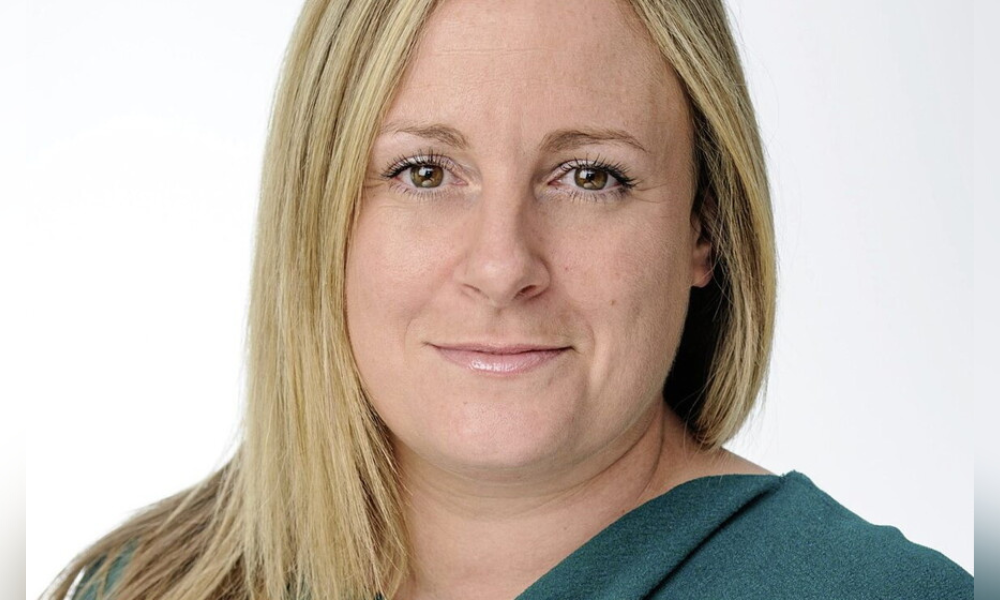"Cost-of-living crisis continues to bite"

With the cost-of-living crisis continuing to put homeowners in a delicate position, and only expected to worsen with the energy bills price cap rise in October, many are looking to ways they can cut down on expenditures to help pay their bills.
In recent times the economy has been hard hit, with the pandemic and war in Ukraine impacting the market. On top of this, inflation has reached its highest point in four decades resulting in rumours of a possible recession.
“With the cost-of-living crisis continuing to bite, we expect to see an increasing number of people being rejected by high street lenders,” said Maeve Ward (pictured), director of commercial operations at Central Trust.
However, she explained that many specialist lenders will consider these cases and so borrowers should not necessarily panic.
“At Central Trust we refer to such borrowers as victims of circumstance; they were previously good payers but circumstances changed outside of their control which have led to them facing financial difficulty,” Ward said.
Anyone who is coming out of a fixed rate, or off a preferential rate, might find that they are being turned down by the high street which relies on automated, algorithmic lending decisions. According to Ward, it is not necessarily credit blips that will see borrowers fall victim - she said some may have lost their job and subsequently secured employment, but may not have been there long enough for the high street to get comfortable.
Read more: “The cost-of-living crisis is the biggest squeeze on living standards in decades”
Others, Ward explained, may have had their income reduced, or may have changed career direction, going from employed to self-employed or contracting, adversely affecting their ability to borrow due to not being able to provide consistent evidence of income.
“Of course, the cost-of-living crisis is making an already difficult situation much more perilous for a number of borrowers,” she said.
With energy bills skyrocketing and inflation pushing supermarket bills through the roof, Ward outlined that it is inevitable the number of borrowers seen as ‘adverse’ will also rise.
However, she explained that the specialist market tends to look at cases on their individual merit, taking into account what has happened, studying patterns of behaviour and borrowing.
“This allows borrowers to repair and rebuild or merely achieve their goals until such time they are deemed a high street customer again,” Ward added.
With homeowners’ finances already in a delicate position, Gary Das, director of Active Financial said that there are many components in how the cost-of-living crisis has and is continuing to affect the ability of homeowners to pay their bills
“Since 2016 when I niched in self-employed mortgages, many of Active Financial’s clients have wanted their maximum affordability, and although lenders have put stress tests in place for affordability, I believe this did not account for the cost-of-living increasing so much,” he said.
Das explained that having been an adviser since 2003 and seen SVR at 5%+, he has always expected it to return to that level.
“There is no way it was going to stay so low forever. No-one has a crystal ball for where this is going to go rate wise but, in my opinion, when a client’s deal comes to an end, the rate will be much higher,” he added.
Read more: Cost-of-living crisis – time to serve the underserved
He also believes there will be a continuation of higher interest rates, which will mean repossessions, as well as downsizing. This, however, may result in property supply increasing and therefore house prices coming down as more demand is met.
“So for the advisers who market better than everyone else, who focus on a niche, and do not live in fear, they could scale up during what is an uncertain time,” he concluded.



